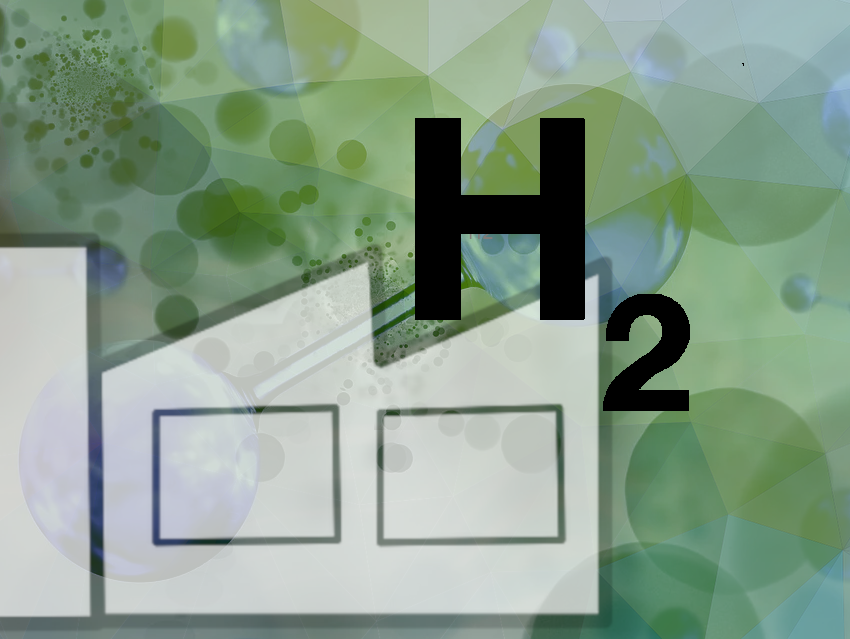Evonik is constructing a pilot plant in Marl, Germany, to produce high-performance anion exchange membranes (AEM), marketed under the DURAION® brand, to support the green hydrogen economy. The plant, set to start operations at the end of 2025, will produce membranes that enable cost-effective water electrolysis for hydrogen production, with a production capacity of 2.5 GW of electrolysis annually once fully operational.
Hydrogen can be produced through electrolysis by splitting water into hydrogen and oxygen. Alkaline electrolysis is the oldest electrolysis technology which uses a porous diaphragm as separator which allows the transport of anions through the diaphragm and operates in alkaline conditions. It enables the use of non-noble metal catalysts, but hydrogen can only be produced at low production rates and pressures. It cannot be easily started up or shut down, and the hydrogen produced needs to be compressed cost intensively.
Using a Proton Exchange Membrane (PEM) conducts protons through the membrane and operates in acidic conditions. The acidic environment in PEM electrolysis requires noble metal catalysts, like iridium or platinum, due to the corrosive environment, making it more expensive but capable of higher current densities and dynamic operation.
Evonik’s DURAION® AEM are designed to improve alkaline electrolysis efficiency. The membrane allows anions to pass through, but is impermeable to the gases produced in the electrolysis. It also is able to withstand high pressure and high temperatures. Noble metal free catalysts for the electrodes and inexpensive materials for the cell design can be used. Compared to traditional electrolysis processes, this technology promises lower investment costs, high current densities, and excellent efficiency, according to the company.
- Evonik Industries AG, Essen, Germany





